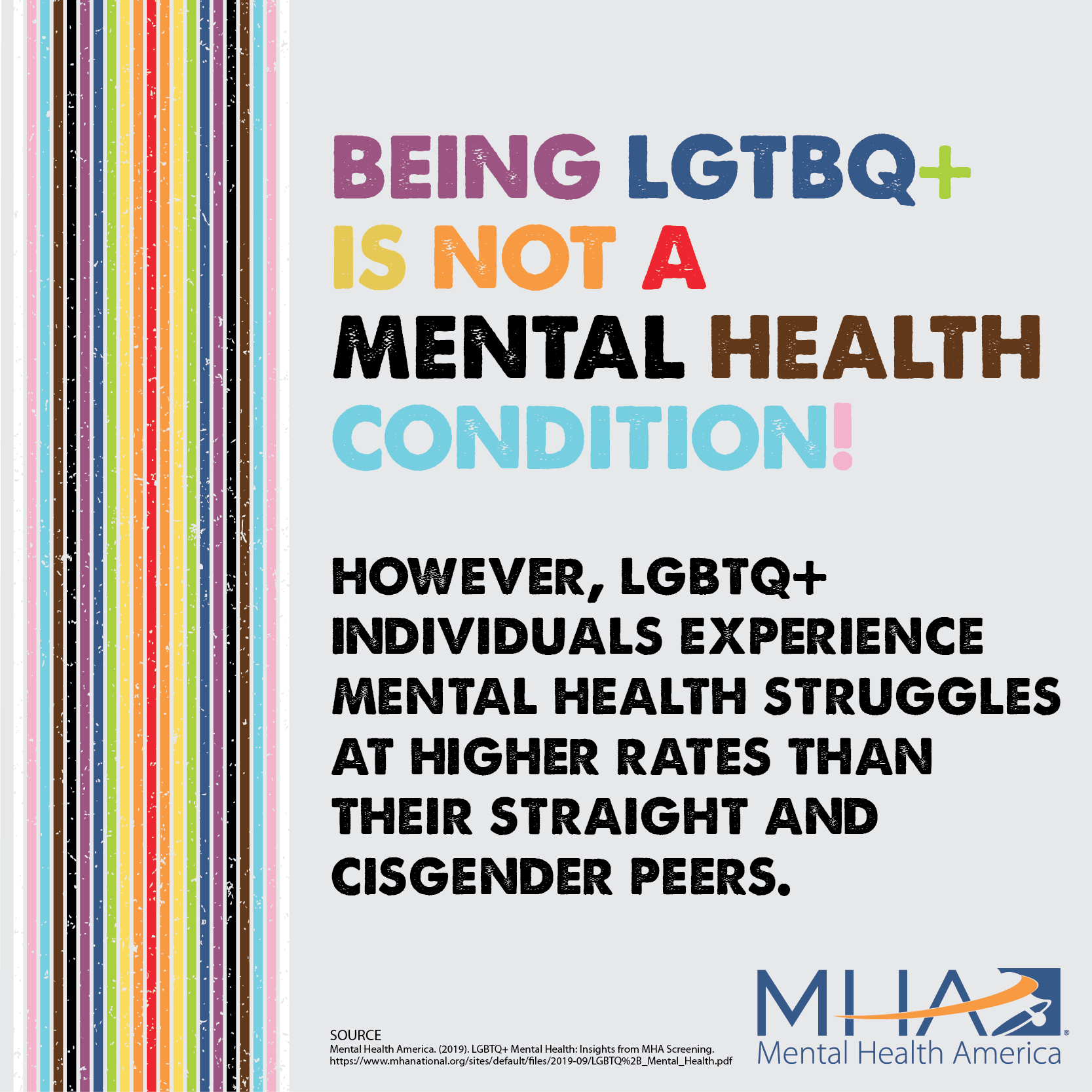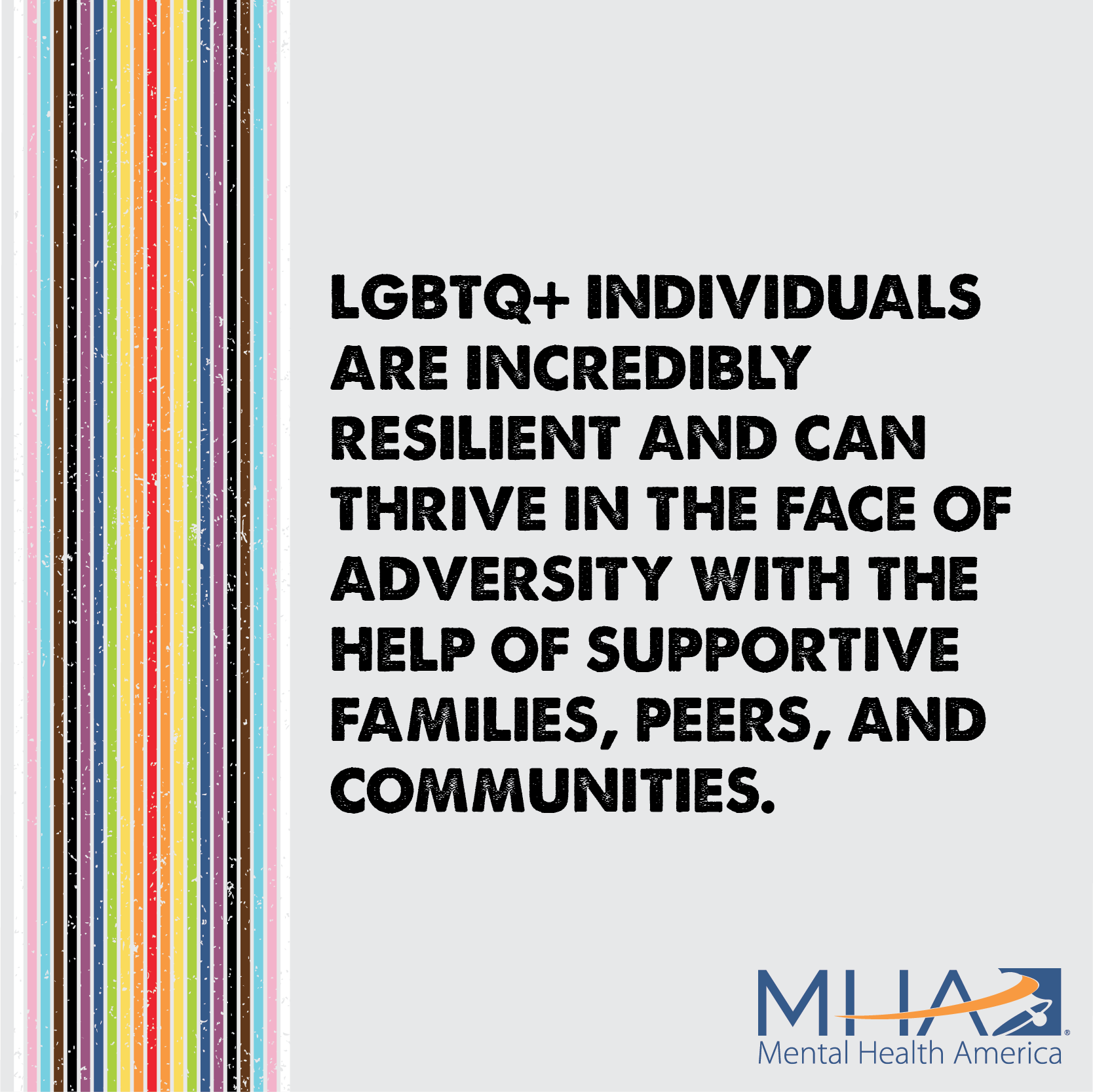LGBTQ Health and Health Disparities
Health Equity exists when all people have a fair and just opportunity to be healthy – especially those who have experienced socioeconomic disadvantage, historical injustice, and other avoidable systemic inequalities that are often associated with social categories of race, gender, ethnicity, social position, sexual orientation and disability.”
Understanding LGBT Health
In order to effectively address LGBT health issues, we need to securely and consistently collect Sexual Orientation/Gender Identity (SOGI) information in national surveys and health records. This will allow researchers and policy makers to accurately characterize LGBT health and disparities.
Understanding LGBT health starts with understanding the history of oppression and discrimination that these communities have faced. For example, in part because bars and clubs were often the only safe places where LGBT individuals could gather, alcohol abuse has been an ongoing problem.
Social determinants affecting the health of LGBT individuals largely relate to oppression and discrimination. Examples include:
- Legal discrimination in access to health insurance, employment, housing, marriage, adoption, and retirement benefits
- Lack of laws protecting against bullying in schools
- Lack of social programs targeted to and/or appropriate for LGBT youth, adults, and elders
- Shortage of health care providers who are knowledgeable and culturally competent in LGBT health
The physical environment that contributes to healthy LGBT individuals includes:
- Safe schools, neighborhoods, and housing
- Access to recreational facilities and activities
- Availability of safe meeting places
- Access to health services
LGBT health requires specific attention from health care and public health professionals to address a number of disparities, including:
- LGBT youth are 2 to 3 times more likely to attempt suicide.
- LGBT youth are more likely to be homeless.
- Lesbians are less likely to get preventive services for cancer.
- Gay men are at higher risk of HIV and other STDs, especially among communities of color.
- Lesbians and bisexual females are more likely to be overweight or obese.
- Transgender individuals have a high prevalence of HIV/STDs, victimization, mental health issues, and suicide and are less likely to have health insurance than heterosexual or LGB individuals.
- Elderly LGBT individuals face additional barriers to health because of isolation and a lack of social services and culturally competent providers.
- LGBT populations have the highest rates of tobacco, alcohol, and other drug use.
Reading and Resources
Oppression, marginalization and discrimination against LGBTQ persons creates barriers to being financially secure, mentally healthy, physically healthy, well-housed and well-nourished. Below are some resources and information about some of these barriers as well as strategies that can help.
Financially Secure
- Financial Discrimination and Disparities in the LGBTQIA+ Community Webinar
- LGBTQ+ Community Falling Behind on Financial Security (yahoo.com)
- LGBTQ+ Pay Gap and Unemployment (investopedia.com)
Mentally Healthy
- LGBTQI | NAMI: National Alliance on Mental Illness
- Pride and Mental Health | Mental Health America (mhanational.org)
Physically Healthy
- 6 Major Health Disparities Affecting the LGBTQ+ Community from Health.com
- Addressing Health Disparities in the LGBTQ Community Webinar from NIHCM
Well-housed
- Housing Discrimination – Information from HUD on Rights, Protections and How to File a Complaint
- LGBTQ Equity and Housing Fact Sheet
Well-nourished
- Coming Out Hungry: Food Insecurity & the LGBTQ Community Podcast
- Serving Without Shame: Food Insecurity in the LGBTQ+ Community (foodbanknyc.org)
General Resources
- GLADD Resource List
- GLSEN Virtual Resources
- National LGBTQIA+ Health Education Center
- NEK Council on Aging LGBTQ+ Advocacy
- Outright Vermont
- Pride Center of Vermont
- The Trevor Project provides information & support to LGBTQ young people 24/7, all year round
- Vermont Department of Health LGBTQ+ Community Webpage



